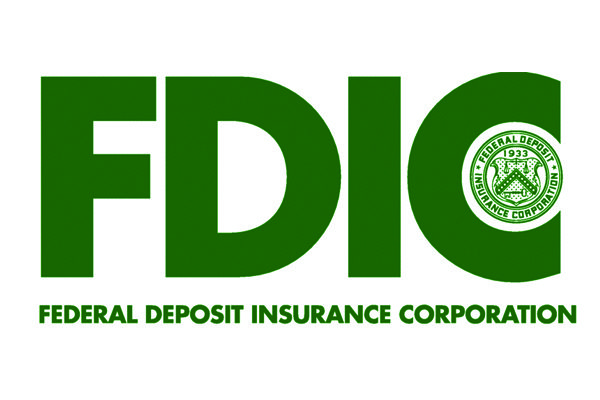According to new research by Booth School of Business Professors Gregor Matvos and Amit Seru, a significant amount of the $90 billion lost by The Federal Deposit Insurance Company (FDIC) since 2008 occurred because the assets of some banks are sold at fire sale prices.
The research in their new paper, “Selling Failed Banks,” argues that when failing banks are purchased by geographically distant banks with considerably different types of portfolios, the failed banks’ assets are not well valued. This means they are sold at low prices that ultimately cost the FDIC more money.
“The FDIC has resolved 95 percent of its receivership cases since the beginning of the Great Recession through what are essentially sealed-bid auctions. The problem with this is that although there are often nearby banks that offer similar services and who understand and value the assets of the failed bank, they are often unable financially to buy that failed bank,” Matvos explains.
The research found that only 15 percent of failed banks since 2008 are sold to banks that do not currently have branches in the same state. They also found that failed banks are significantly more likely to be sold to acquirers with similar portfolios and specializations.
Matvos and Seru concluded that when similar, geographically close banks are insufficiently capitalized, the failed bank ends up being sold at a lower price to another institution that has little interest or experience in its specialties— meaning that the FDIC ends up having to pay more to depositors from its own coffers rather than from the sale of assets.
“We have determined that fire sales are a substantial component of FDIC costs, and are a significant contributor to its losses over the past few years,” Seru notes. “This means that while all these technological advances make it easy to liquidate a bank’s assets in an efficient manner to banks located anywhere, it may not be the best way to sell a failed bank for either the bank’s assets or for the FDIC.”
